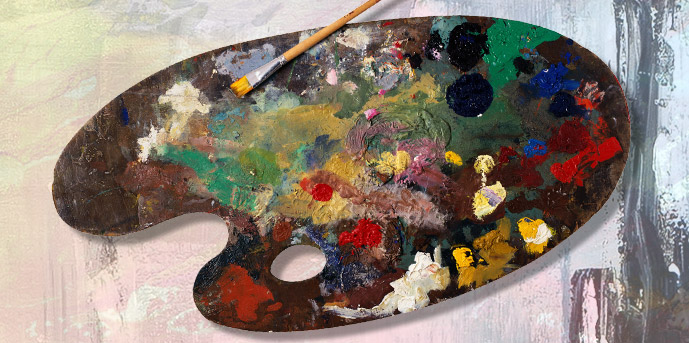Throughout the span of history, the manner in which artists have painted and the mediums they use have developed. New innovation and changing preferences imply that the paints utilized by specialists have kept on broadening. Yet, how would you realize which is the right sort of paint for you? Large numbers of us know about watercolour, oil, and acrylic paint, however, there’s a lot more out there for artists to investigate.
While a few kinds of painting, similar to fresco and gum-based paint, aren’t rehearsed very as often, others are seeing a resurgence. For example, a reestablished interest close by lettering and sign composition has made lacquer paint trendier than at any other time. As a craftsman, how might you settle on the right kind of paint for your work of art?
Having a decent handle on the attributes of each paint and the taste they give will assist you with reducing your decisions. Some work of art strategies are simple for artists, all things considered, to get, while others might require further developed specialized ability. Find more around 11 kinds of painting that assist specialists with communicating their inventiveness.
1. Oil
For quite a long time, artists have been utilizing oil paint to make their works of art. This sluggish drying medium is produced using shading colours suspended in oil. Because of its long drying time, artists can take as much time as necessary to create work. Oil paint is frequently used to make great finished impacts on account of its thick consistency.
However it tends to be chaotic to work with and requires care when working with mediums that contain harmful components, it’s as yet dearest by artists for the rich shadings it produces. In this way, it should not shock anyone that it’s one of the most well-known sorts of painting.
2. Acrylic
There are a wide cluster of acrylic paints as far as surface and drying time. This water-soluble paint dries rapidly, is non-poisonous, and financially savvy, regularly settling on it a go-to decision for painters of all ability levels. Over the long haul, it holds up better compared to oil paint, as it’s not inclined to break or yellow.
There are multitudinous acrylic paint strategies and by consolidating the paint with various mediums, specialists have adaptability in the last look. However acrylic is water safe when totally dry on the material, its water-solvent nature when sodden makes for simple cleanup.
3. Watercolor
Ordinarily painted on paper, watercolours are produced using shades suspended in a water-based arrangement. Known for the straightforward layers they make, watercolour paint stays solvent in any event, when dry. This implies that specialists can make a few rectifications in any event, when the canvas is dry. Yet this likewise implies that completed work should be secured cautiously.
There are many watercolour strategies that specialists use to make various styles of craftsmanship, from sensible pictures to cleaned out scenes. Despite the fact that paper is the most well-known help, watercolours can likewise be utilized on surfaces like texture, wood, cowhide, and vellum.
4. Pastel
At times known as “dry artistic creation,” the utilization of pastels has been famous since the sixteenth century. Their stick structure and absence of drying time make them a simple and versatile answer for artists. The most famous pastels known as delicate pastels have chalk fused into them. However, oil pastels with a waxy consistency are likewise accessible.
Shadings are ordinarily mixed straight onto the help. And in case you’re searching for a watercolour type impact, there are likewise water-soluble pastels. These compositions are delicate, as the colour can lift from the surface, so ought to be outlined under glass.

